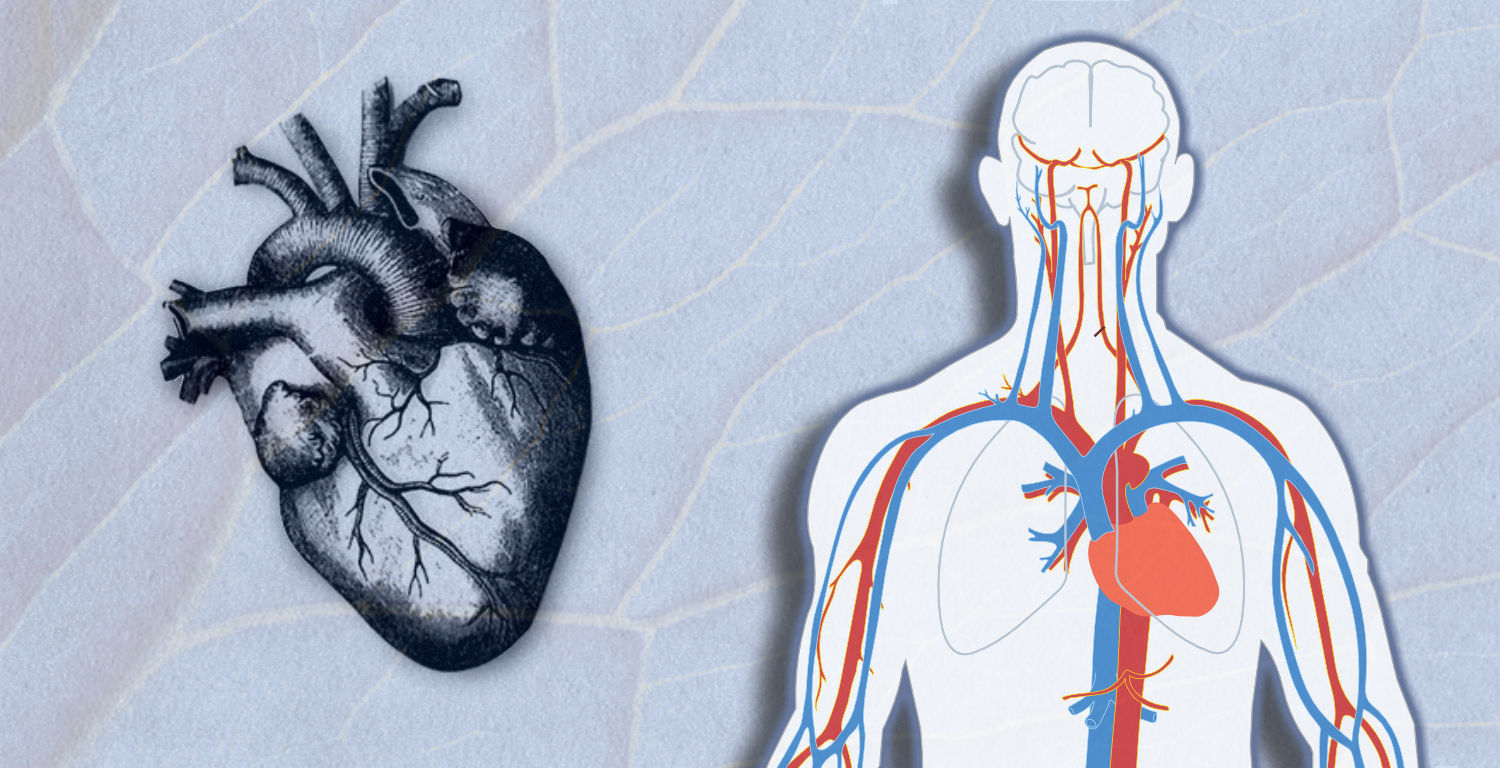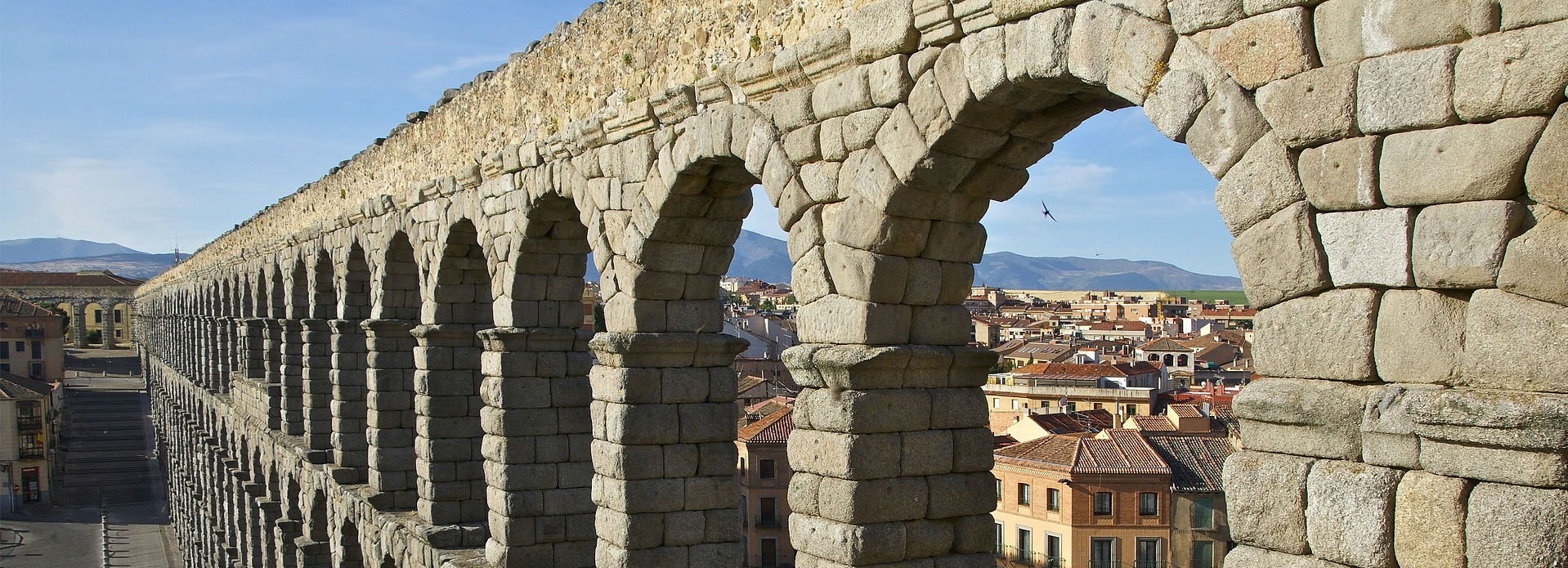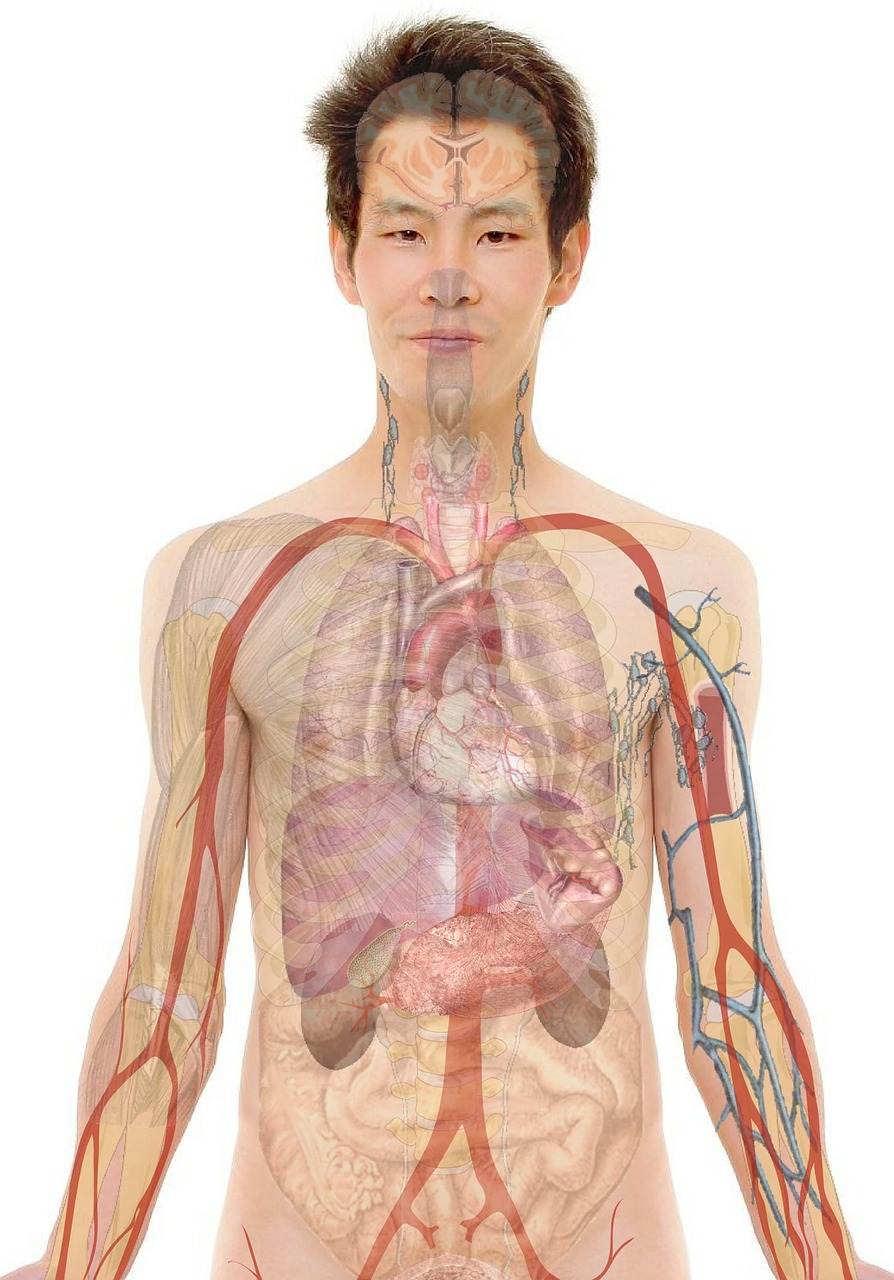The Circulatory System: The Hydraulics of the Human Heart
By on Aug 29 2016

In 1648, a French mathematician named Blaise Pascal proved that when applied to a fluid, pressure will be evenly dispersed throughout that fluid. This is known as Pascal's law.
While Pascal's theory was proven in the 17th century, the physical phenomena that define the law have been observed and put to use throughout history in various, revolutionary hydraulic designs. Ancient Rome was known for its hydraulic aqueducts which still stand today. The ancient Incas also retrieved their water through the use of Pascal's law via exceptionally deep well systems drilled deep into the earth. Ancient Egyptian civilizations had vast hydraulic systems that harbored their drinking and bathing water, as well but where did this knowledge come from?
Some might argue scientifically-adept aliens, but that seems unlikely. Others may say ingenuity and a bit of elbow grease, but given the complexity of these early hydraulic systems, a "light-bulb moment" seems increasingly doubtful.

Some might argue that the ancient hydraulic wonders of past civilizations (like the Ancient Roman aqueducts shown here) have some otherworldly explanation -- but the answer is likely closer to home.
Pascal's law was able to be observed, studied, and retained since the beginning of human history — and though this law contributed to the functionality —of some the ancient world's most towering and spectacular inventions, the potential source of its —study happens to be on a much smaller scale. —Hydraulic systems are at work in almost every living animal and plant organism. Interestingly, it took thousands of years to develop the proper equipment to study hydraulic application within plant systems (think: water enters the plant system via the roots and needs to be pumped vertically to reach all parts of the tree, flower, or vegetable); still, there remains one source of study that remained especially obvious, even 10,000 years ago: the human circulatory system.

The components of the circulatory system are run on hydraulic power. Similar to hydraulic machinery, the body uses two adjacent "lines" to transfer the "hydraulic fluid".
Now it's no secret that many ancient cultures were more than a bit preoccupied with the human body and the average person in 230 BC was likely exposed to much more of the inner-most parts of the body compared to any number of us (aside from those of us that work in the medical field), just by default. We, fortunately, don't have to hand-remove the heart of a recently deceased human being just to, well, see what it looks like — we have the internet! However, if we didn't know so much about each and every process of the human body, then it is possible that many of us might take upon the challenge of finding out more on our own. Maybe.
When observing a cross-section of the human heart (or at least a drawing), you will recognize the several chambers and valves that make up the organ. The left and right atria work as our hydraulic pump, contracting simultaneously to pump blood into the right and left vesicles. The vesicles then also contract, pumping the blood back out of the heart — but that's putting it simply
The entire circulatory system is divided into two parts that handle two very different types of the same blood — oxygenated blood, and oxygen-depleted blood. Blood is oxygenated via the pulmonary system — when you breathe in, your body converts depleted blood (that has already ran its course around the circulatory system) into fresh, oxygenated blood. As that blood is hydraulically pumped throughout the system, the depleting blood that had formerly occupied that space returns to the heart, awaiting reoxygenation, and the cycle continues.
Hydraulic activity is actually pretty simple to understand once physical heart has been observed. It is clear that it works to beat or pump the blood around the body, and most ancient cultures understood this well enough. We might assume that, over time, ancient cultures were able to understand the connection between bleeding from an injury and the pumping action of the heart. Observing that the blood can defy gravity and travel in every direction may have been enough to incite their outside experimentation with the then-unknown Pascal's law.
After what was likely hundreds of years of experimentation, tremendously large and complex hydraulic systems became a life-force of powerful ancient civilizations, much like our own circulatory systems. Ancient cultures used the world around them to make things work fluidly, wisely assigning roles to certain individuals fit for certain tasks or implementing simple machinery to perform said tasks, similar to the body's organs.
Mind you, this is all just a theory — but with how much most ancient cultures revered the brilliant science of the human body, it doesn't seem too far-fetched to say that the heart was the basis of hydraulic study.
The harder question is determining how it began beating.
SOURCES
http://www.hydraproducts.co.uk/blog/postid/26/brie...






